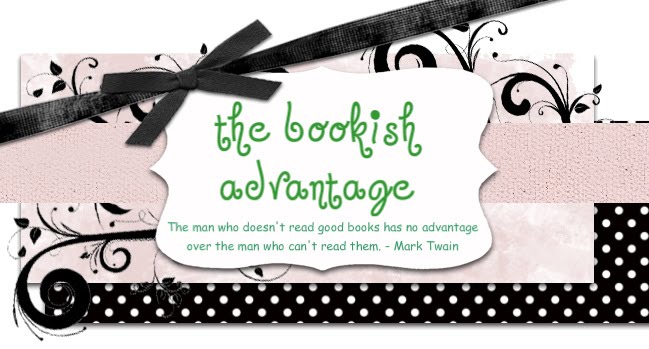These book selections are all books that I have used and found helpful in the past. If you have suggestions to be added, please email me your suggestions! adazzlingdistraction(at)gmail(dot)com
(The titles are all linked to Amazon.com)
Nonfiction matters: Reading, Writing, and Research in Grades 3-8
Harvey, Stephanie. (1998) Nonfiction matters: Reading, Writing, and Research in Grades 3-8. United States of America: Stenhouse Publishers. (Also available on Google Books here)
This book has a variety of information about how to use nonfiction texts in the classroom. It provides information about strategies for reading nonfiction and increasing the comprehension of the material. It also gives information about how to write nonfiction by using information learned when reading nonfiction.
The Book Whisperer: Awakening the Inner Reader in Every Child
Miller, Donalyn (2009) The Book Whisperer: Awakening the Inner Reader in Every Child. San Francisco, CA: Jossey-Bass.
This book describes how to use the Reader's Workshop method in the classroom and how to get kids interested in reading in a way that turns them in to life long readers. It's a great resource for those who are new to the Reader's Workshop method.
Conversations
Routman, Regie. (2000) Conversations. Portsmouth, NH: Heinemann.
This book is an excellent resource for reading teachers (or any teacher really). The book provides information, tips about how to implement the strategies, and even samples of student work.
Do I Really Have to Teach Reading?
Tovani, Cris. (2004) Do I Really Have to Teach Reading? Portland, ME: Stenhouse Publishers.
This book focuses on reading in the content areas. Tovani talks a lot about the active nature of reading, and explains strategies for increasing comprehension by teaching students how to monitor their understanding as they read. She also focuses on teaching a few strategies well instead of overwhelming students with too many concepts.
Engaging Readers and Writers with Inquiry
Wilhelm, Jeffrey D. (2007) Engaging Readers and Writers with Inquiry. New York, NY: Scholastic.
This book provides a very detailed explanation of how to design an inquiry unit. Wilhelm walks the reader through the process of creating a good inquiry-based unit, and also provides examples of good units to read. The book is helpful in explaining how to create and organize a good inquiry unit. The detailed, step-by-step explanations are quite easy to follow!
Strategies for Integrating Reading and Writing
Wood, Karen D. and Harmon, Janis M. (2002) Strategies for Integrating Reading and Writing. National Middle School Association.
This book has several practical strategies that can be easily integrated into the classroom. There are a variety of graphic organizers and lesson suggestions that could be adapted for any content.
skip to main |
skip to sidebar
Contributors' Profiles
Labels
21st century literacy
activity
adolescent literacy
alternative text
appropriate content
Assess Me
back to school
blog lovin'
blog suggestion
book selection
book study
book suggestions
bookcasts
caving
civil rights movement
classroom
classroom decor
classroom library
close reading
comics
comprehension
constitution
constitution day
content area reading
content literacy
currently
elementary readers
end of the year
field trips
genres
giveaway
guiding questions
holidays
homework
homework club
horror
inquiry based instruction
inquiry units
instagram
introduction
Journeys
lesson plan
math
Monday Made It
motivation
multiple intelligences
nonfiction
nonfiction strategy
organization
parent communication
peek at my week
pinterest
podcasts
presidents day
purpose
questioning schemes
questions
readers workshop
reading
reading response
reading strategies
reluctant readers
rewards
Saturday Snapshots
Saturday Summary
science
sewing
smekens
social media
social studies
space
spelling
standardized tests
steampunk
student teaching
summer
Sunday Scoop
teacher binder
teaching methods
technology
teen readers
text features
text sets
TpT
transformative teaching
Tried It Tuesday
tween readers
upper elementary
we the people
writing

